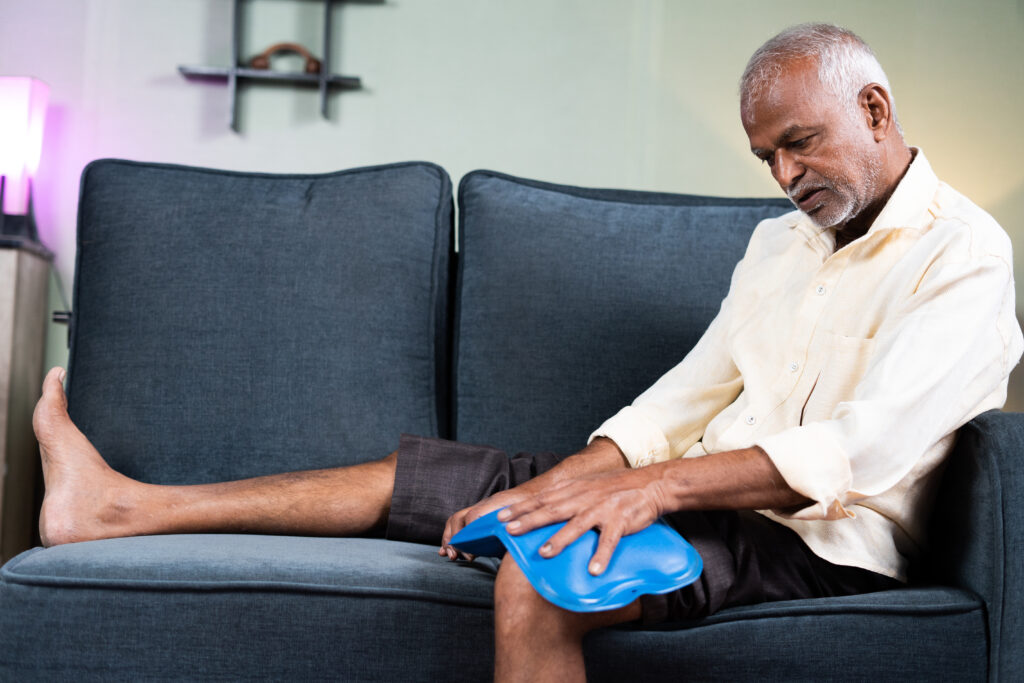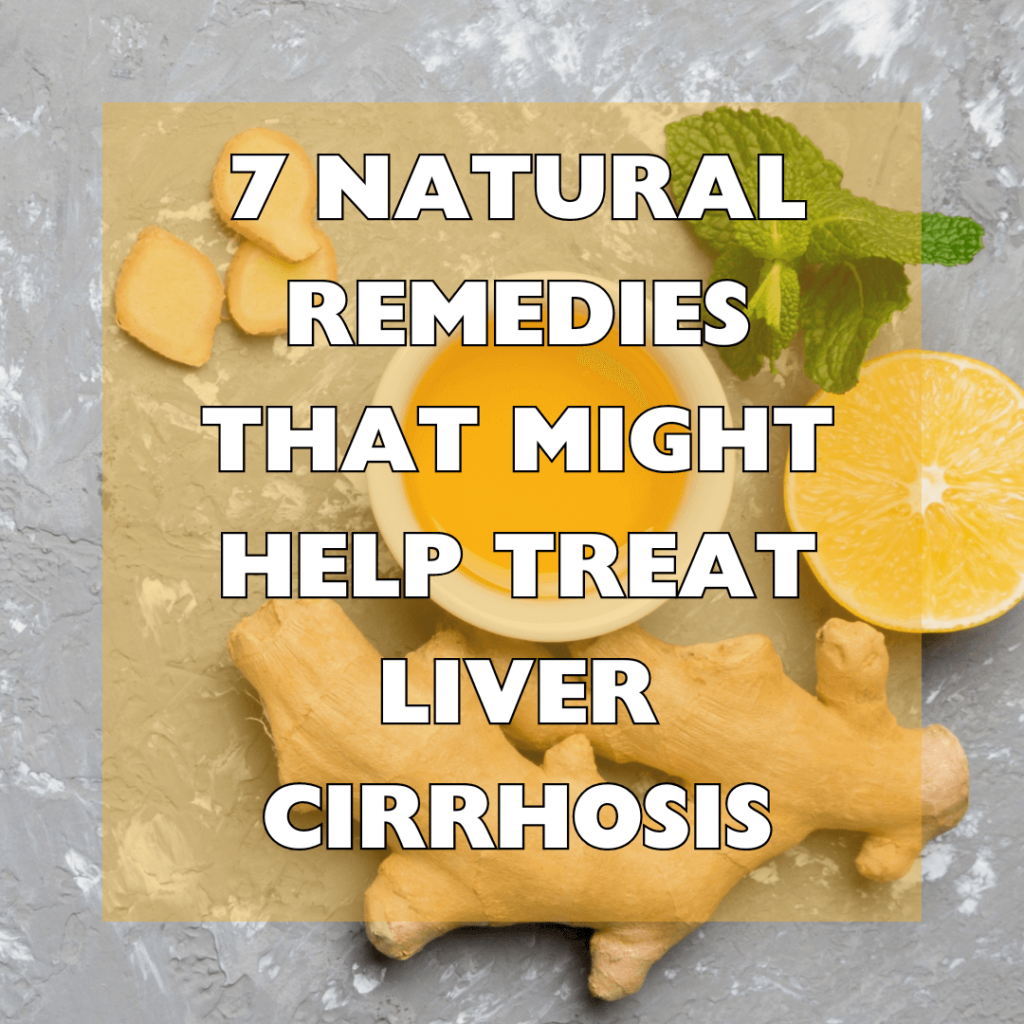
Natural pain relief methods have been used for centuries to relieve chronic and acute pain without harsh side effects. These include herbal supplements, acupuncture, warm compresses and massage.
Stinging nettle leaf (Urtica dioica) relieves pain and inflammation by inhibiting the COX enzyme, similar to Aspirin. Devil’s claw root (Harpagoside) may ease arthritis pain and back pain by creating counter-inflammation.
Essential oils
The strongest natural pain relievers are herbs, essential oils, and other alternative treatments that have been used for centuries to ease aches and pains without the adverse side effects of medication. These remedies come in a variety of forms, from herbal teas and ointments to acupuncture and massage.
Essential oils are highly concentrated plant extracts distilled from the bark, roots, stems, leaves, flowers, nuts, and seeds of trees and shrubs. When applied topically, they can be absorbed through the skin and enter the bloodstream, where they may help to reduce pain, inflammation, and stress.
Rosemary oil, for example, has anti-inflammatory and analgesic properties that make it a good choice for sore muscles and joints. It can also help alleviate headaches and migraines, according to a recent study. To use this essential oil for pain relief, combine a few drops with a carrier oil like jojoba or almond oil and massage the affected area. You can also inhale the scent through a diffuser or apply to a warm compress.
Herbal teas
Herbal teas, also known as tisanes, are non-caffeinated and offer a soothing, warm beverage for pain relief. They contain a variety of herbs, spices, fruits and flowers that are used for their health-boosting properties. Some tea varieties are more effective than others at easing certain types of pain.
For example, ginger is a popular choice as a natural nausea remedy, but it is also a potent inflammation fighter. Other anti-inflammatory herbal teas include turmeric, chamomile, licorice root and devil’s claw root.
Willow bark is another popular herbal tea ingredient that may help ease headache, muscle pain and inflammatory conditions. It contains salicin, which is a natural analgesic similar to aspirin. Boswellia, which is derived from the resin of the frankincense tree, is another potent natural analgesic. It has been shown to relieve headache, stomach pain and arthritis discomfort. However, always consult a physician before starting any new herbal remedies as they can interfere with other medications.
Warm compresses
Using warm or cold compresses can help alleviate pain by stimulating the body to produce its own natural painkillers, such as endorphins, serotonin, and cortisol. Moreover, these methods are gentle and have few side effects, unlike prescription analgesics.
Warm compresses are easy to make, and you can use household materials or products like reusable or disposable heating pads. Besides, they can be very soothing to the eyes and help unclog the glands in your eyelids that provide oil to create the tear film, which protects your eyes.
When applying a warm or cold compress, check to ensure that the skin is not burnt. If it is, remove the compress and let the skin return to its normal color and temperature before reapplying it. Additionally, you should not apply cold compresses on an area that has poor circulation or if you have medical conditions that are triggered by cold temperatures, such as Raynaud’s syndrome. Also, you should avoid using ice packs on broken or irritated skin as this can damage the tissue and make your pain worse.
Massage
Massage has been found to decrease pain by increasing healing and disturbing the painful messages sent to the brain. It also helps to relax muscles and increases the flow of blood to the area which carries oxygen and nutrients which encourages the repair of damaged muscle fibres.
The rhythmic gliding movements of massage stimulate the parasympathetic nervous system which calms the body and mind. It also increases the production of positive hormones such as endorphins, serotonin and dopamine which lower stress levels and reduce depression.
During massage the friction created between skin and fingers increases the elasticity of blood vessels, which increases the flow of oxygen to the treatment area. This in turn reduces inflammation and toxins. Research suggests that massage can also reduce the sensitivity of nerves and help improve the functioning of muscles, bones and organs. For example, a study of people with fibromyalgia reported that massage decreased fatigue and improved the overall condition compared to usual care.





